A recent study conducted by the SLAC-Stanford Battery Center, a joint effort between Stanford University and the SLAC National Accelerator Laboratory, suggests that electric vehicle (EV) batteries subjected to real-world conditions may have a significantly longer lifespan than previously estimated.
This represents a major step forward for sustainability, as it could reduce how often EV owners need to replace expensive batteries or even purchase new vehicles.
Simona Onori, lead author of the study and associate professor at the Stanford Doerr School of Sustainability, emphasized that driving under real-world conditions—such as accelerations, regenerative braking, brief stops, and extended periods of rest—helps batteries last longer than initially predicted using standard laboratory tests.
Related content: Battery prices could drop by nearly 50% by 2026
Significant Discovery
The research team designed four different discharge profiles for the batteries, ranging from constant patterns to dynamic profiles based on real-world driving data.

After two years of testing 92 commercial lithium-ion batteries, they discovered that dynamic profiles, which mimic real-world use, extended the batteries’ lifespan.
Among the factors contributing to this unexpected longevity, the study highlights the use of machine learning algorithms to analyze the data.
For instance, it was found that short, sharp accelerations slow down battery degradation, contradicting the widespread belief that such acceleration spikes are harmful.
The study also differentiates between two types of battery aging: cycle aging (caused by charging and discharging) and calendar aging (caused by the simple passage of time). While cycle aging is predominant in commercial vehicles like buses or delivery vans, calendar aging is more significant for personal vehicles that spend a lot of time parked.
Geslin, one of the study’s lead authors, explains: “For consumers who use their electric vehicles to commute, pick up their children, or run errands but do not use them constantly, calendar aging becomes the dominant factor.”
The study also identified an optimal range of discharge rates to balance both types of aging, aligning with typical consumer usage patterns.







